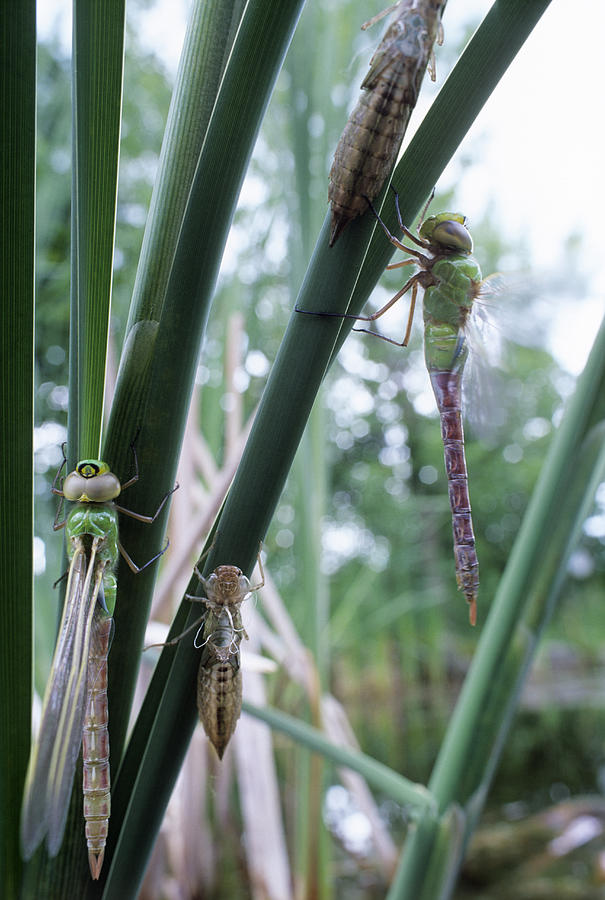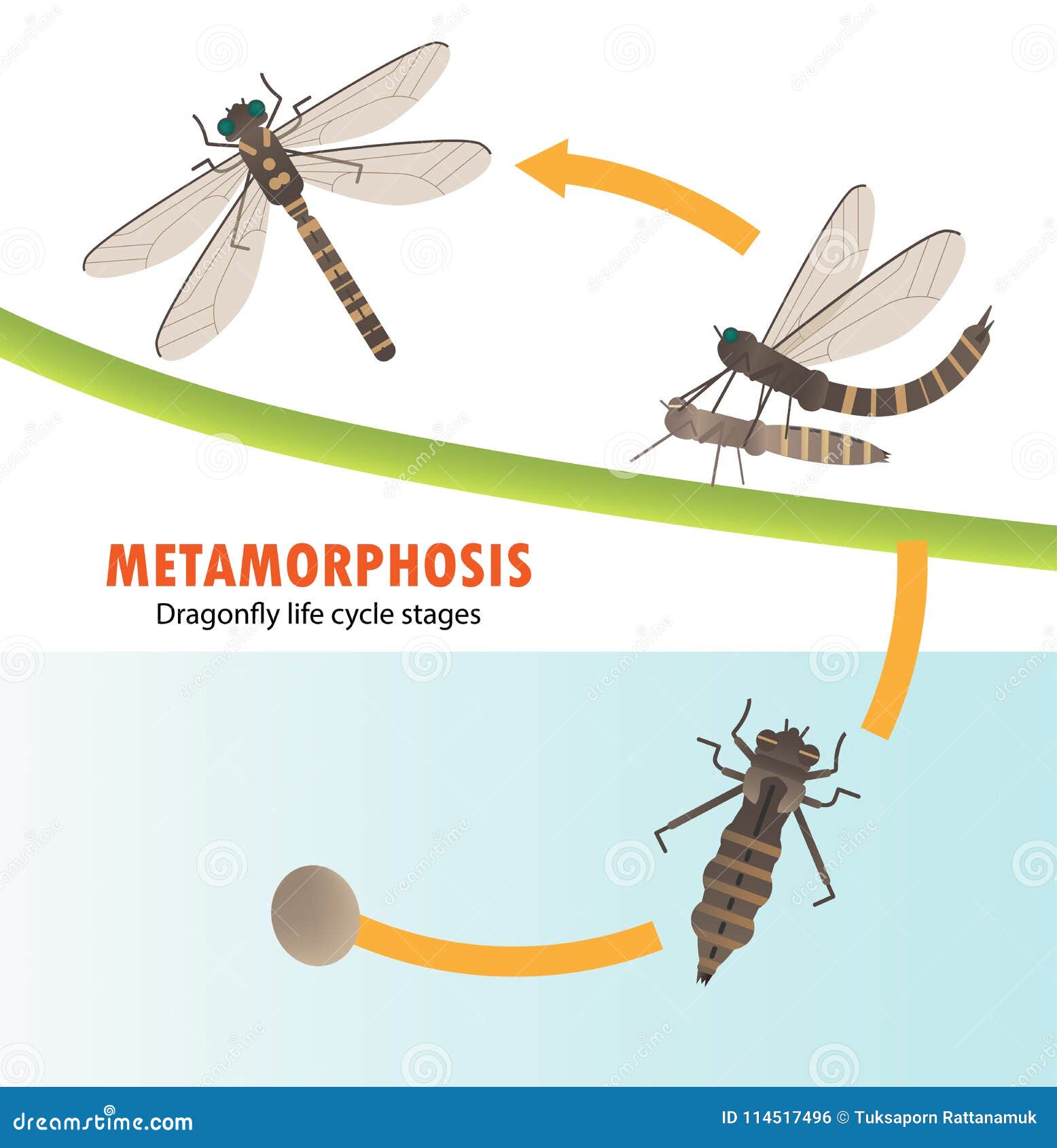
There is certainly a sense of renewal, regeneration, or transformation, but the metamorphosis feels a natural part of the dragonfly's development, not an ending or a death but simply a new chapter.Īs children many of us learnt about the life cycle of the butterfly through the colour and brilliance of The Very Hungry Caterpillar, to equate such a metamorphosis with suicide seems depraved.

Reading the extract in isolation it's hard to imagine it bending to such a dark purpose as persuading a desperate man to give up his life. The voice replies with the allegory of the dragonfly, who emerges from his " old husk" to reveal new sleek brilliance.

Oddly, The Dragonfly extract below, despite reading as uplifting and awe inspiring in isolation, actually comes from the dark voice of doom.ĭefying the voice's insistence that he should 'put himself out of his misery' the speaker refutes that he should not throw away what god has made. This hopelessness is palpable throughout The Two Voices as the speaker trying to ward off the heavy gloom of the abstract voice, thought to be satanic, that torments him. He described himself as being " utterly miserable" at the time and admitted that he was questioning his own life's worth.

Originally titled The Thoughts of a Suicide, Tennyson was mourning the death of his friend Arthur Hallam when he penned the original manuscript. This week's Featured Poem is an extract from Tennyson's controversial The Two Voices. An interesting extract to blow the cobwebs off this Monday morning, The Dragonfly by Alfred Lord Tennyson stands as a ray of light breaking through from a darker, more desolate source.


 0 kommentar(er)
0 kommentar(er)
